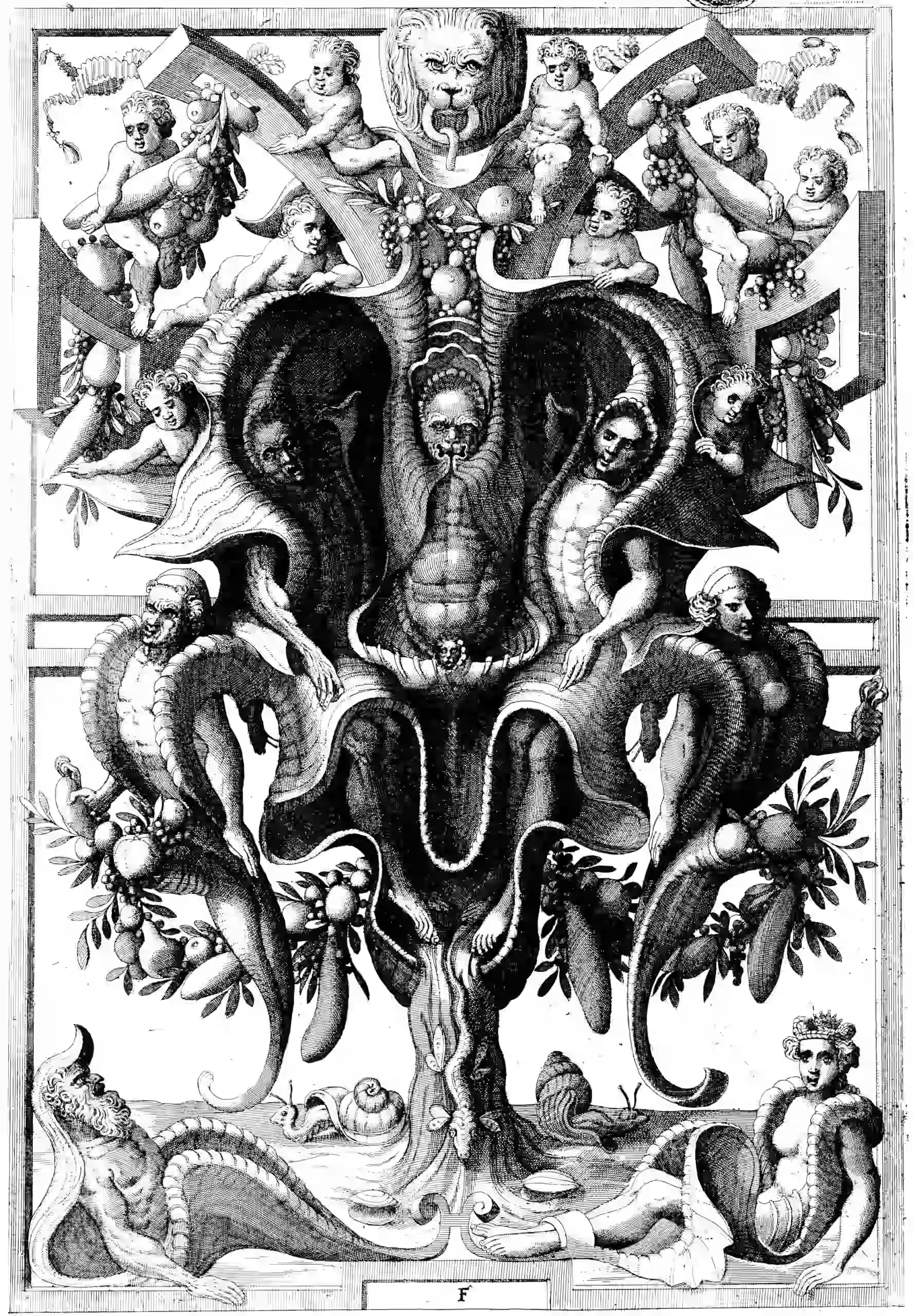Bio computing
May 29, 2016 — October 13, 2019
compsci
life
machine learning
neuron
Suspiciously similar content
Using living organisms as logic gates or even as general computing devices suggests many obvious applications and surely non-obvious ones.
This idea is distinct from doing computation using computers with algorithms inspired by living organisms — that is the field we call biomimetic algorithms.
Projects like Microsoft’s Station B and Biological computation unit are angling for market share in this field. There are many others.
1 References
Abramson, and Levin. 2021. “Behaviorist Approaches to Investigating Memory and Learning: A Primer for Synthetic Biology and Bioengineering.” Communicative & Integrative Biology.
Adamatzky, and Schubert. 2014. “Slime Mold Microfluidic Logical Gates.” Materials Today.
Baer, and Martinez. 1974. “Automata and Biology.” Annual Review of Biophysics and Bioengineering.
Beniaguev, Segev, and London. 2021. “Single Cortical Neurons as Deep Artificial Neural Networks.” Neuron.
Bongard, and Levin. 2021. “Living Things Are Not (20th Century) Machines: Updating Mechanism Metaphors in Light of the Modern Science of Machine Behavior.” Frontiers in Ecology and Evolution.
Bray. 1995. “Protein Molecules as Computational Elements in Living Cells.” Nature.
Brette. 2012. “Computing with Neural Synchrony.” PLoS Comput Biol.
Chen, Linton, Zhu, et al. 2022. “A Synthetic Protein-Level Neural Network in Mammalian Cells.”
Fields, and Levin. 2020. “How Do Living Systems Create Meaning?” Philosophies.
———. 2021. “Metabolic limits on classical information processing by biological cells.” Bio Systems.
Gopalkrishnan. 2015. “A Scheme for Molecular Computation of Maximum Likelihood Estimators for Log-Linear Models.” arXiv:1506.03172 [Cs, Math, q-Bio, Stat].
Klein, Hoel, Swain, et al. 2021. “Evolution and Emergence: Higher Order Information Structure in Protein Interactomes Across the Tree of Life.” Integrative Biology.
Levin, Michael. 2019. “The Computational Boundary of a ‘Self’: Developmental Bioelectricity Drives Multicellularity and Scale-Free Cognition.” Frontiers in Psychology.
Levin, Rafael Yuste, Michael. n.d. “New Clues about the Origins of Biological Intelligence.” Scientific American.
Levin, Michael, Keijzer, Lyon, et al. 2021. “Uncovering Cognitive Similarities and Differences, Conservation and Innovation.” Philosophical Transactions of the Royal Society B: Biological Sciences.
Liang, Ryali, Hoover, et al. 2021. “Can a Fruit Fly Learn Word Embeddings?” arXiv:2101.06887 [Cs, q-Bio, Stat].
Lyon, Keijzer, Arendt, et al. 2021. “Reframing Cognition: Getting down to Biological Basics.” Philosophical Transactions of the Royal Society B: Biological Sciences.
Manicka, and Levin. 2022. “Minimal Developmental Computation: A Causal Network Approach to Understand Morphogenetic Pattern Formation.” Entropy.
McGee, Kosterlitz, Kaznatcheev, et al. 2022. “The Cost of Information Acquisition by Natural Selection.”
Nicholson. 2019. “Is the Cell Really a Machine?” Journal of Theoretical Biology.
Orellana, Rodu, and Kass. 2017. “Population Vectors Can Provide Near Optimal Integration of Information.” Neural Computation.
Randazzo, Mordvintsev, Niklasson, et al. 2020. “Self-Classifying MNIST Digits.” Distill.
Scarle. 2009. “Implications of the Turing completeness of reaction-diffusion models, informed by GPGPU simulations on an XBox 360: cardiac arrhythmias, re-entry and the Halting problem.” Computational Biology and Chemistry.
Semenov, Kraft, Ainla, et al. 2016. “Autocatalytic, Bistable, Oscillatory Networks of Biologically Relevant Organic Reactions.” Nature.
Straszak, and Vishnoi. 2016. “IRLS and Slime Mold: Equivalence and Convergence.” arXiv:1601.02712 [Cs, Math, Stat].
Vanchurin, Wolf, Katsnelson, et al. 2021. “Towards a Theory of Evolution as Multilevel Learning.”
Watson, Levin, and Buckley. 2022. “Design for an Individual: Connectionist Approaches to the Evolutionary Transitions in Individuality.” Frontiers in Ecology and Evolution.
Watson, Mills, Buckley, et al. 2016. “Evolutionary Connectionism: Algorithmic Principles Underlying the Evolution of Biological Organisation in Evo-Devo, Evo-Eco and Evolutionary Transitions.” Evolutionary Biology.
Wilkinson. 2009. “Stochastic Modelling for Quantitative Description of Heterogeneous Biological Systems.” Nature Reviews Genetics.
